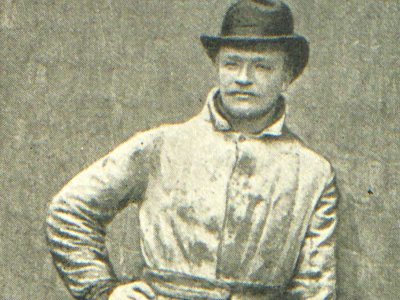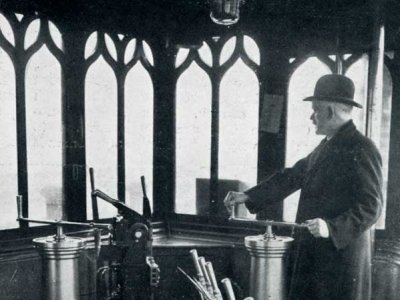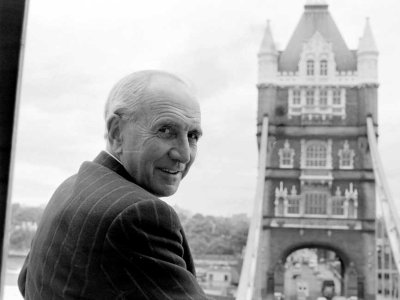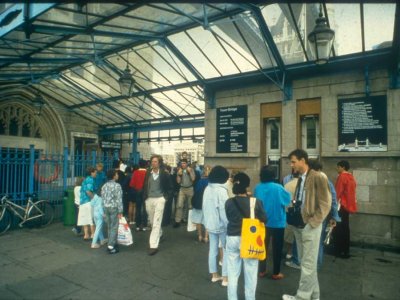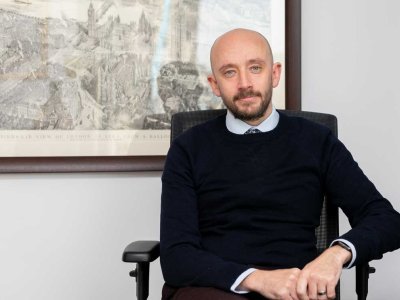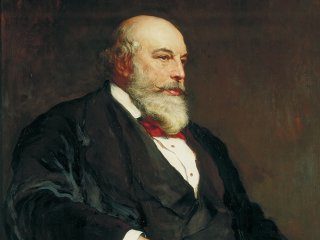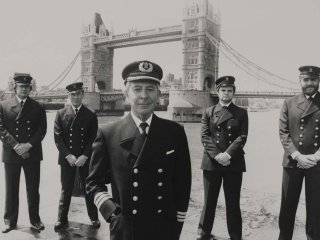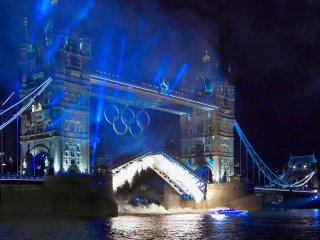Who runs Tower Bridge?
Ask a Londoner "who runs Tower Bridge?", and if they know, they will probably tell you "it’s the Bridge Master". There's truth to the answer but the real situation is a bit more complicated.
When Tower Bridge was completed in 1894, the people directly responsible were the Superintending Engineer and the Bridge Master, each in charge of their own department at the Bridge.
Read on to find out more about these historic Tower Bridge jobs.
